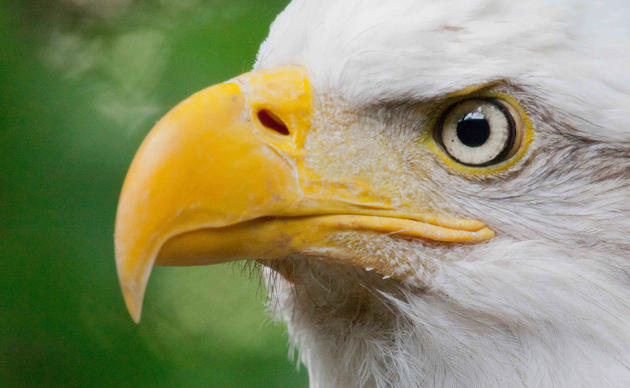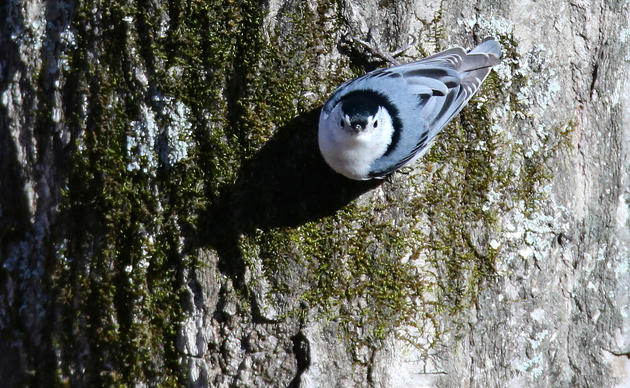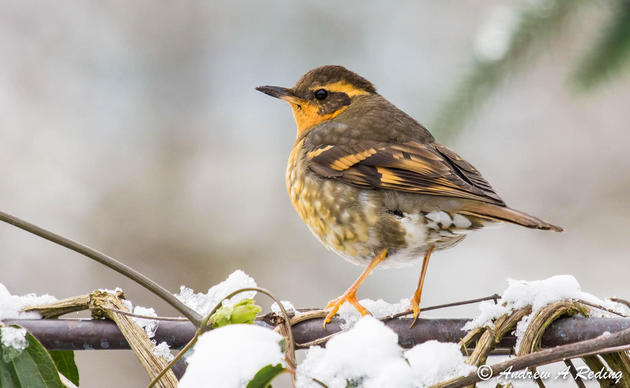Imagine, for a moment, the evocative wail of the Common Loon. Or the warbling of a Mountain Bluebird or song of the Hermit Thrush. These are just a few of the iconic birds we may no longer see here in Washington over the next 30 years. As our climate changes, the bird species we see in our national parks will change, too. On average, one-quarter of bird species found in a given national park could be completely different by 2050 if carbon emissions continue at their current pace. These, and other findings were reported in a new study led by the National Audubon Society and National Park Service.
The study is a follow up to the 2014 Audubon Birds and Climate Change Report, which showed that more than half of the bird species in North America could lose at least half of their current ranges by 2080 due to rising average global temperatures. The new research highlights the importance of protecting climate “strongholds” – areas where a bird species is expected to have the best chance at surviving climate change – including many found on public lands.
Some U.S. birds are already altering their behavior and distribution in response to shifts in temperature and rainfall caused by climate change. In this research, Audubon scientists defined the "climate suitability"—the range of temperatures, precipitation, and seasonal shifts each species needs to survive—for each of over 500 North American bird species. Then, using internationally recognized greenhouse-gas emissions pathways, they mapped each bird’s future climate suitability in national parks as the climate changes.
Three National Parks in Washington state – North Cascades, Olympic, and Mount Rainier – were included in the study. Interactive web pages for each park details specific park conditions that support diverse bird habitats and the species with greatest potential for future colonization, as well as potential extirpation.
Recognizing that climate change is the number one threat to birds, Audubon Washington is committed to leading efforts in the state to enact policy that will prevent further damage to our climate. In partnership with a broad coalition of labor, environmental, public health, clean energy, and conservation organizations, we led advocacy efforts in the 2018 Washington State legislative session to pass a 100 percent clean electricity policy. Versions of the policy cleared four committees in both chambers and earned bipartisan support—a legislative first. Ultimately, however, the Legislature did not bring the bill to a vote, marking a full decade since meaningful climate action has been taken in our state. Our polling shows that Washington voters strongly support policy that will accelerate the transition to clean energy – and legislators who vote for such policies. We need bold action and we are ready to take the next step. Bolstered by our members’ support and these new study findings, we will continue to lead efforts to bring about bold climate action to protect our birds, citizens, and communities.
For more information about Audubon’s National Parks study and explore the interactive website, please visit http://www.audubon.org/climate/national-parks and check out these local media stories:
- Study: National Park Bird Populations Likely to Change Because of Climate Change (KNKX)
- Climate Change Could Force 43 Native Bird Species from Local National Parks, Study Says (The News Tribune)
- Study: Climate Change Likely to Impact Bird Species Found in National Parks (Skagit Valley Herald)





